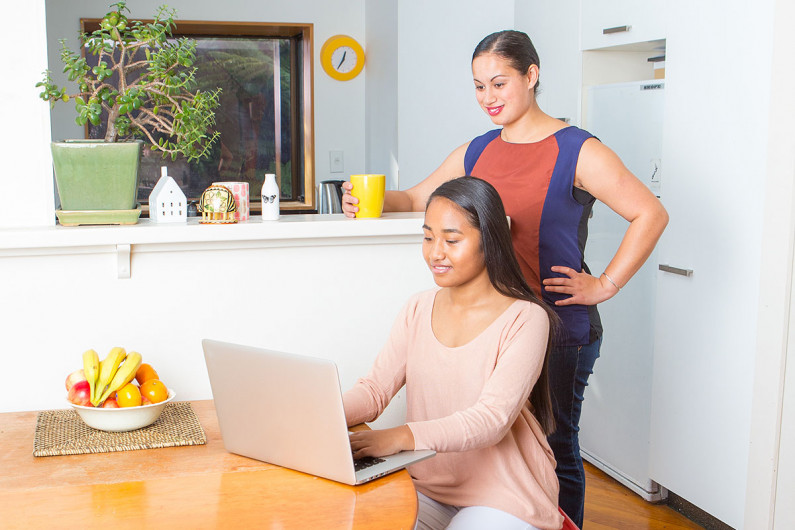The top 5 questions parents have about NCEA

We answer your questions about NCEA and where it can lead your young person.
What's on this page?
- 1. My young person didn’t do as well as they’d hoped – what now?
- 2. My young person has finished NCEA – what should they do next?
- 3. My young person wants to leave school – is this a good idea?
- 4. What are some tertiary study options?
- 5. How is NCEA different from School C and Bursary?
- Find out more
1. My young person didn’t do as well as they’d hoped – what now?
It’s difficult when a young person doesn’t get the NCEA results they wanted, but there are lots of ways that they can make up the NCEA credits they missed out on, or move forward without them.
2. My young person has finished NCEA – what should they do next?
A lot of young people find it hard to decide what to do once they’ve finished NCEA. Here are some options they can consider:
Workplace training
Workplace training, also known as trade or industry training, involves learning on the job as an apprentice. A major benefit of workplace training is that young people can earn while they learn.
Cadetships and internships
Cadetships and internships involve working for an employer for a set amount of time. They let the cadet or intern gain experience, and the employer judge whether they would be a good fit for the company. Cadetships are usually paid while internships are usually unpaid.
Universities, polytechnics, institutes of technology or wānanga
Studying at a university, polytechnic, institute of technology or wānanga is a great option for many young people. Hundreds of courses are available across key sectors and industries.
Starting work
If your young person is keen to get straight into the workforce, we have lots of information and tools to help them get started.
3. My young person wants to leave school – is this a good idea?
Some young people may want to leave school early and start working or go into a course or workplace training.
Before making a decision, arrange a meeting with your young person’s school to discuss options. It is recommended that young people stay on until they complete NCEA Level 2 as it gives them the basic skills needed for many jobs and training options.
4. What are some tertiary study options?
Leaving school with NCEA Level 1
If a young person leaves school with NCEA Level 1, they may study a certificate at Levels 2 to 3. A certificate can take 12 weeks to one year of full-time study, and will increase their chances of getting an apprenticeship or entering workplace training.
These qualifications can lead to many jobs such as beekeeper, nanny, or painter and decorator.
Leaving school with NCEA Level 2
Leaving school with NCEA Level 2 means a young person may study a certificate or diploma at Levels 4 to 6. A certificate can take one to two years of full-time study; a diploma can take one to four years.
These qualifications will help your young person prepare for work in a trade, technical role or other skilled occupation such as welder, glazier or driving instructor.
Leaving school with NCEA Level 3
Completing NCEA Level 3 means a young person may study a certificate or diploma at Levels 4 to 6 for trades, technical roles or other skilled occupations.
With NCEA Level 3 and university entrance a young person can also study a degree at Levels 7 to 10. A Bachelor’s degree takes three to four years of full-time study, and will qualify your young person for a variety of careers.
Study NCEA credits through distance learning
Another option is to study NCEA credits by distance learning through Te Kura.
5. How is NCEA different from School C and Bursary?
If you’re not sure on the differences between NCEA, School C and Bursary check out this page, which breaks down the differences.
Updated 16 Jan 2020